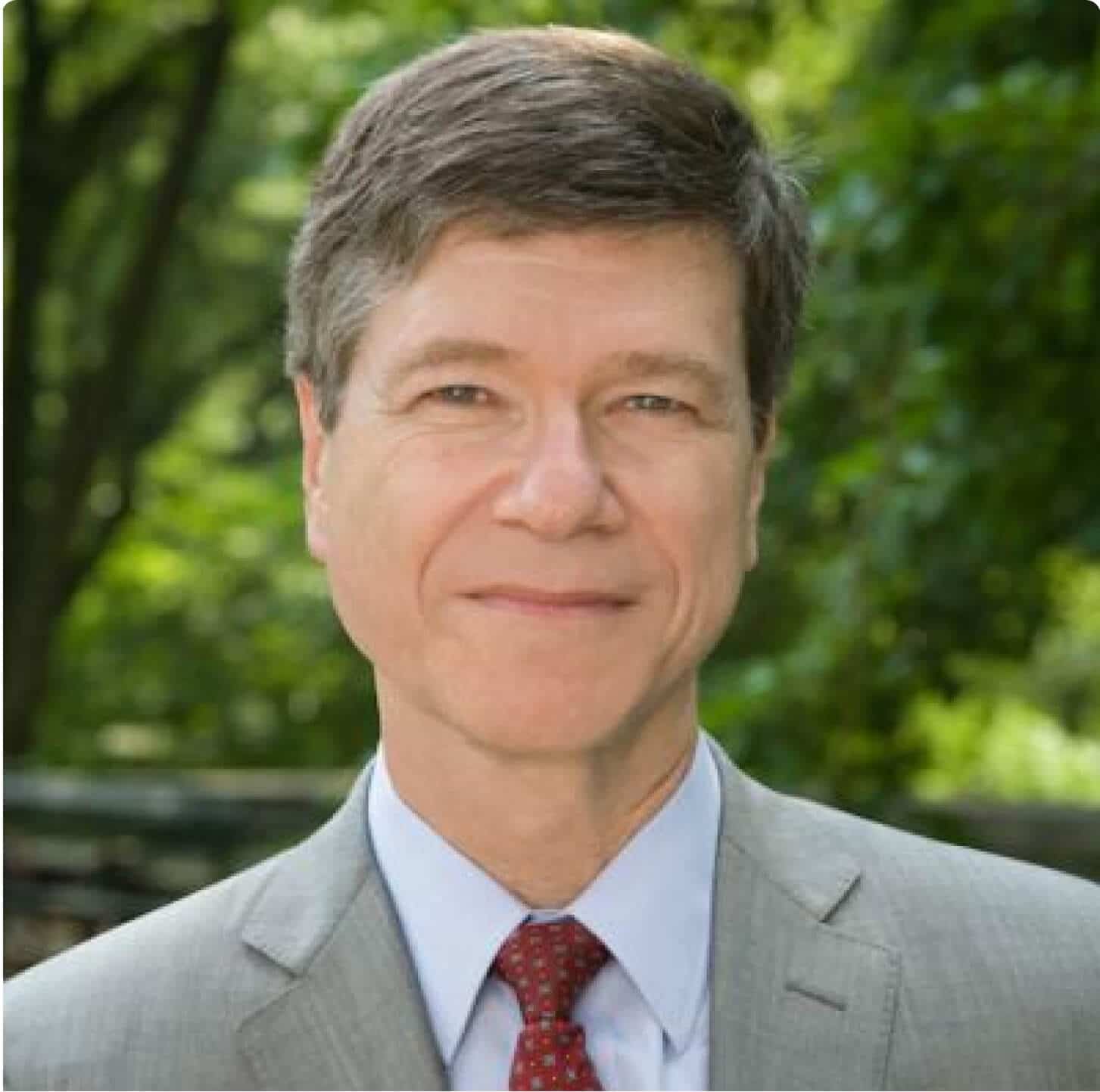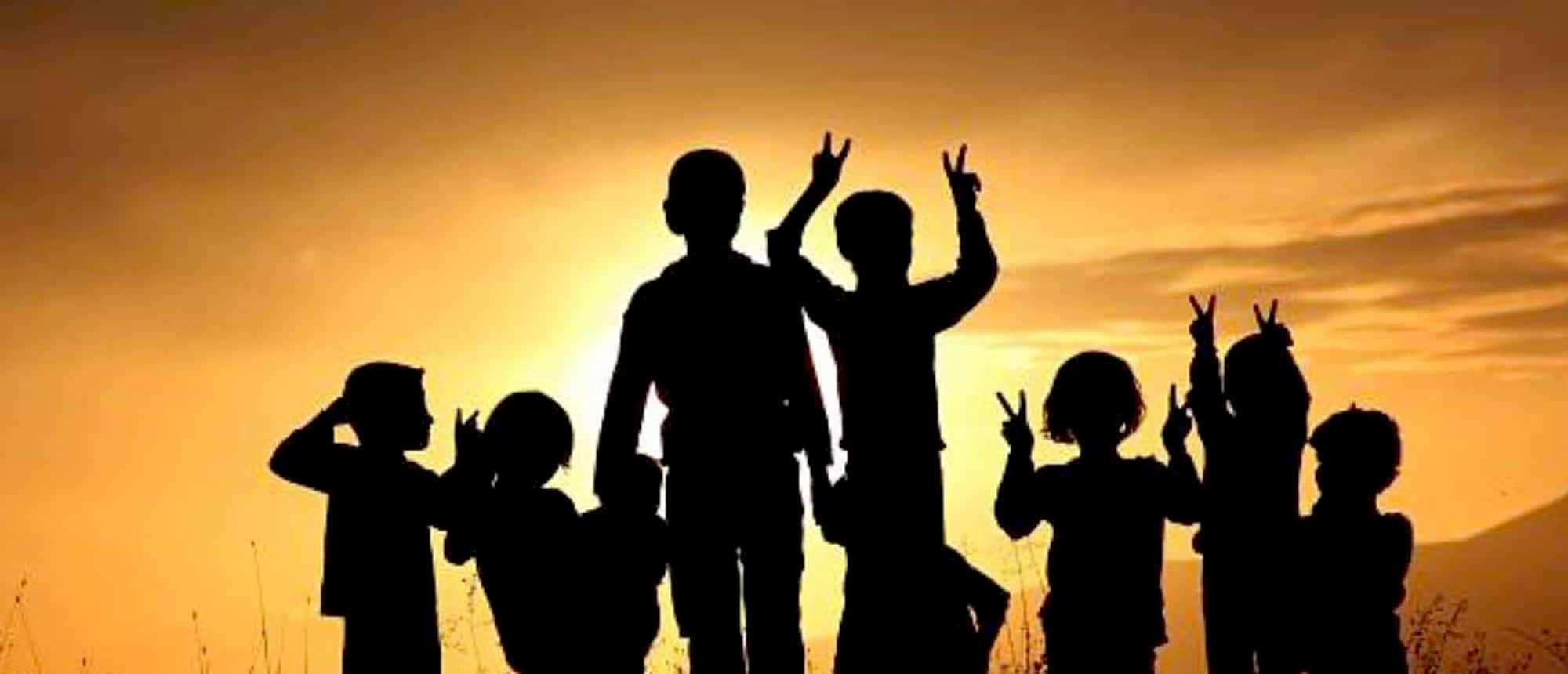Financing Health And Education For All
Our world is immensely wealthy and could easily finance a healthy start in life for every child on the planet. A small shift of financing from wasteful US military spending to global funds for health and education, or a very small levy on tax havens’ deposits, would make the world vastly fairer, safer, and more productive.
In 2015, around 5.9 million children under the age of five, almost all in developing countries, died from easily preventable or treatable causes. And up to 200 million young children and adolescents do not attend primary or secondary school, owing to poverty, including 110 million through the lower-secondary level, according to a recent estimate. In both cases, massive suffering could be ended with a modest amount of global funding.
Children in poor countries die from causes – such as unsafe childbirth, vaccine-preventable diseases, infections such as malaria for which low-cost treatments exist, and nutritional deficiencies – that have been almost totally eliminated in the rich countries. In a moral world, we would devote our utmost effort to end such deaths.
In fact, the world has made a half-hearted effort. Deaths of young children have fallen to slightly under half the 12.7 million recorded in 1990, thanks to additional global funding for disease control, channeled through new institutions such as the Global Fund to Fight AIDS, Tuberculosis, and Malaria.
When I first recommended such a fund in 2000, skeptics said that more money would not save lives. Yet the Global Fund proved the doubters wrong: More money prevented millions of deaths from AIDS, TB, and malaria. It was well used.
The reason that child deaths fell to 5.9 million, rather to near zero, is that the world gave only about half the funding necessary. While most countries can cover their health needs with their own budgets, the poorest countries cannot. They need about $50 billion per year of global help to close the financing gap. Current global aid for health runs at about $25 billion per year. While these numbers are only approximate, we need roughly an additional $25 billion per year to help prevent up to six million deaths per year. It’s hard to imagine a better bargain.
Similar calculations help us to estimate the global funding needed to enable all children to complete at least a high-school education. UNESCO recently calculated the global education “financing gap” to cover the incremental costs – of classrooms, teachers, and supplies – of universal completion of secondary school at roughly $39 billion. With current global funding for education at around $10-15 billion per year, the gap is again roughly $25 billion, similar to health care. And, as with health care, such increased global funding could effectively flow through a new Global Fund for Education.
Thus, an extra $50 billion or so per year could help ensure that children everywhere have access to basic health care and schooling. The world’s governments have already adopted these two objectives – universal health care and universal quality education – in the new Sustainable Development Goals.
An extra $50 billion per year is not hard to find. One option targets my own country, the United States, which currently gives only around 0.17% of gross national income for development aid, or roughly one-quarter of the international target of 0.7% of GNI for development assistance.
Sweden, Denmark, Norway, the Netherlands, Luxembourg, and the United Kingdom each give at least 0.7% of GNI; the US can and should do so as well. If it did, that extra 0.53% of GNI would add roughly $90 billion per year of global funding.
The US currently spends around 5% of GDP, or roughly $900 billion per year, on military-related spending (for the Pentagon, the CIA, veterans, and others). It could and should transfer at least $90 billion of that to development aid. Such a shift in focus from war to development would greatly bolster US and global security; the recent US wars in North Africa and the Middle East have cost trillions of dollars and yet have weakened, not strengthened, national security.
A second option would tax the global rich, who often hide their money in tax havens in the Caribbean and elsewhere. Many of these tax havens are UK overseas territories. Most are closely connected with Wall Street and the City of London. The US and British governments have protected the tax havens mainly because the rich people who put their money there also put their money into campaign contributions or into hiring politicians’ family members.
The tax havens should be called upon to impose a small tax on their deposits, which total at least $21 trillion. The rich countries could enforce such a tax by threatening to cut off noncompliant havens’ access to global financial markets. Of course, the havens should also ensure transparency and crack down on tax evasion and corporate secrecy. Even a deposit tax as low as 0.25% per year on $21 trillion of deposits would raise around $50 billion per year.
Both solutions would be feasible and relatively straightforward to implement. They would underpin the new global commitments contained in the SDGs. At the recent Astana Economic Forum, Kazakhstan’s President Nursultan Nazarbayev wisely called for some way to tax offshore deposits to fund global health and education. Other world leaders should rally to his call to action.
Our world is immensely wealthy and could easily finance a healthy start in life for every child on the planet through global funds for health and education. A small shift of funds from wasteful US military spending, or a very small levy on tax havens’ deposits – or similar measures to make the super-rich pay their way – could quickly and dramatically improve poor children’s life chances and make the world vastly fairer, safer, and more productive. There is no excuse for delay.

